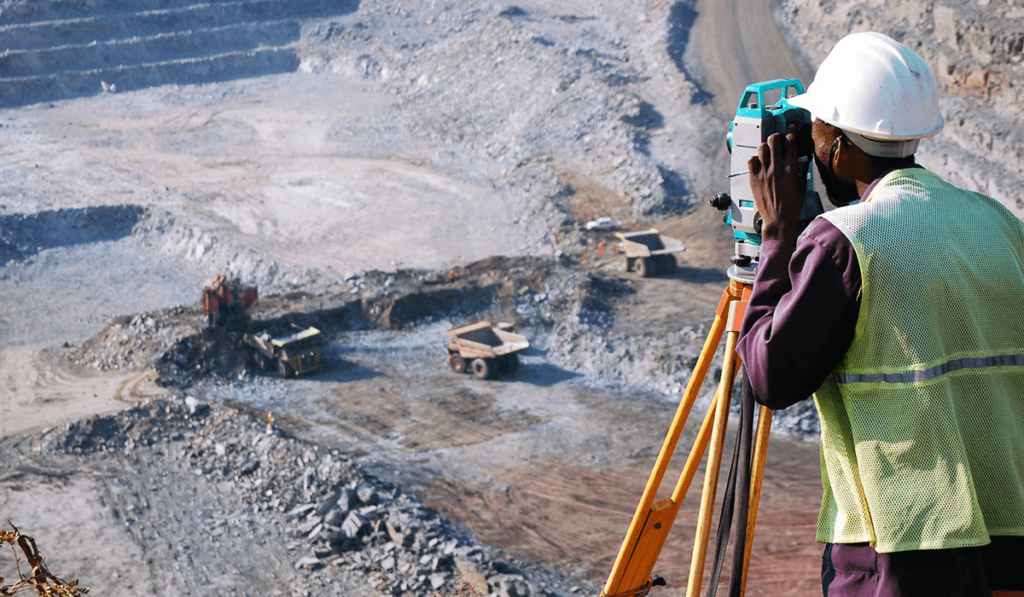PwC’s SA Mine 2025 highlights rising output, stronger cash flows and early rail reform, while skills, permitting and illegal mining remain binding constraints.
South Africa’s mining industry is shifting gears after a year of recalibration, according to PwC’s SA Mine 2025, presented by PwC Africa Energy, Utilities and Resources Leader Andries Rossouw, SA Mine Project Leader Vuyiswa Khutlang and Laetitia Le Roux, Energy, Utilities and Resources Tax Lead. The review points to a complex picture: firmer production and free cash flow alongside persistent structural bottlenecks.
Momentum in Output and Market Value
In the 12 months to 30 June, mining output rose 2.4% year-on-year, supported by higher production of PGMs, coal and chrome. Sector market capitalization increased by 8%, while mining’s contribution to GDP held broadly stable at around 6%.
Cash Flow Strength, Commodity Dynamics
Net profit for the period increased 24% (up R16-billion), with an aggregate tax expense of R26-billion at an effective tax rate of 25%. Free cash flow surged 219%, underpinned particularly by gold. PwC notes continued record highs in gold, a rebound in PGMs, and rising strategic importance of “green metals.” Within the basket, platinum prices rebounded to decade-high levels and rhodium recovered to more than $7,000/oz; chrome revenues are being maximized by many PGM producers.
Energy Transition and Early Logistics Reform
Companies are integrating renewable energy and decarburization to manage electricity costs and improve resilience. As of 30 June, 1,820 MW of renewable capacity had been installed toward 3 500 MW pledged. On logistics, third-party access to rail has moved from concept to early implementation, signalling incremental progress in infrastructure reform.
Structural Headwinds Persist
PwC highlights an exploration backlog, slow licensing, limited battery-grade processing capacity, and skills shortages in hydrometallurgy and chemical processing, all compounded by intense competition for capital against faster-permitting jurisdictions.
Illegal Mining: Scale of the Challenge
Illicit activity continues to undermine operations and communities. In January 2025, the Minister of Mineral and Petroleum Resources reported 6,000 abandoned mines and R60 billion in losses from illegal mining, up about R53 billion since 2017. Under Operation Vala Umgodi, 16,645 cases have been opened and 20,367 arrests made since December 2023. Illegal mining, the report states, requires a multilateral response and remains a significant challenge to the industry.
Priorities for 2026
The report outlines a series of moves for 2026, including unblocking rail corridors and restoring predictable slotting; accelerating private generation and wheeling and stabilizing tariffs; translating policy into investable projects (including pilot processing hubs and offtake-anchored financing); and maintaining capital discipline toward long-cycle, future-facing commodities.
The full report can be found here.
For more stories of mining from across Africa, visit our dedicated archives.
